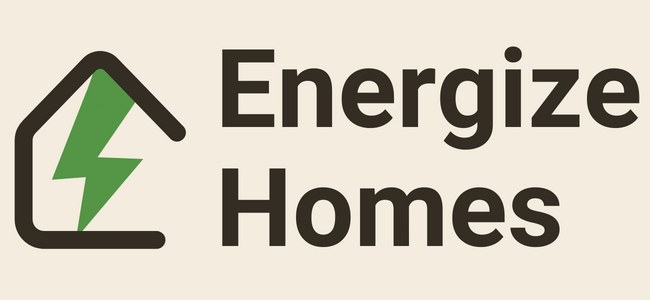Batt vs. Blown-In Insulation: A Deep Dive into Energy Efficiency
For superior energy efficiency, blown-in insulation is generally the better option due to its comprehensive coverage and adaptability.
When it comes to insulating a home, homeowners are often faced with a key decision: should they opt for batt insulation or blown-in insulation? Both types of insulation have their own merits and demerits, and the choice often boils down to factors like cost, installation complexities, and most importantly, energy efficiency. This article will dissect each type of insulation, explain how they contribute to thermal resistance (R-value), and help you make an informed choice on which is the more energy-efficient option for your specific needs.
Thermal Resistance (R-Value)
Before diving into each insulation type, it’s critical to understand the industry term R-value. Simply put, R-value is a measure of thermal resistance. The higher the R-value, the better the material is at resisting heat flow, and subsequently, the better it is at insulating. It’s often expressed in terms of R-value per inch, which accounts for the material’s thickness.
| Insulation Type | Typical R-Value per Inch |
|---|---|
| Batt Insulation | 3.0 to 4.0 |
| Blown-In Insulation | 2.2 to 3.8 |
Batt Insulation
Material Composition
Batt insulation is essentially pre-cut panels made from mineral wool or fiberglass. These panels are designed to fit snugly between the joists and studs in your walls, floors, and ceilings.
Installation Complexity
The installation of batt insulation is relatively straightforward but labor-intensive. It requires precise cutting and fitting to ensure minimal thermal bridging. Any gaps or compression in the batt material can significantly degrade its insulative properties.
Energy Efficiency
With an R-value ranging from 3.0 to 4.0 per inch, batt insulation provides a reliable, albeit not exceptional, level of thermal resistance. The R-value can be compromised if the batts are compressed or improperly installed, leading to heat loss.
Blown-In Insulation
Material Composition
Blown-in insulation typically consists of loose-fill material like cellulose, fiberglass, or mineral wool. The material is blown into cavities, attics, or walls using specialized equipment.
Installation Complexity
Though it requires special equipment, the installation process is generally faster and can more easily navigate around obstacles like pipes and wiring. This helps to provide a more consistent insulative layer.
Energy Efficiency
Blown-in insulation has an R-value ranging between 2.2 and 3.8 per inch. While this may seem comparable to batt insulation, the advantage lies in the installation. Blown-in insulation can fill in all nooks and crannies, offering a more comprehensive thermal barrier.
Cost Consideration
While cost varies by region and labor expenses, blown-in insulation generally tends to be more expensive initially due to equipment costs. However, the long-term energy efficiency could justify this initial expense.
| Insulation Type | Approximate Cost per Square Foot |
|---|---|
| Batt Insulation | $0.12 to $0.50 |
| Blown-In Insulation | $0.30 to $0.70 |
Conclusion: Which is More Energy Efficient?
When it comes to overall energy efficiency, blown-in insulation tends to outperform batt insulation, primarily due to its comprehensive coverage and ability to fill irregular spaces. While batt insulation offers a competitive R-value, its performance is more susceptible to installation errors, which can compromise its thermal resistance.
